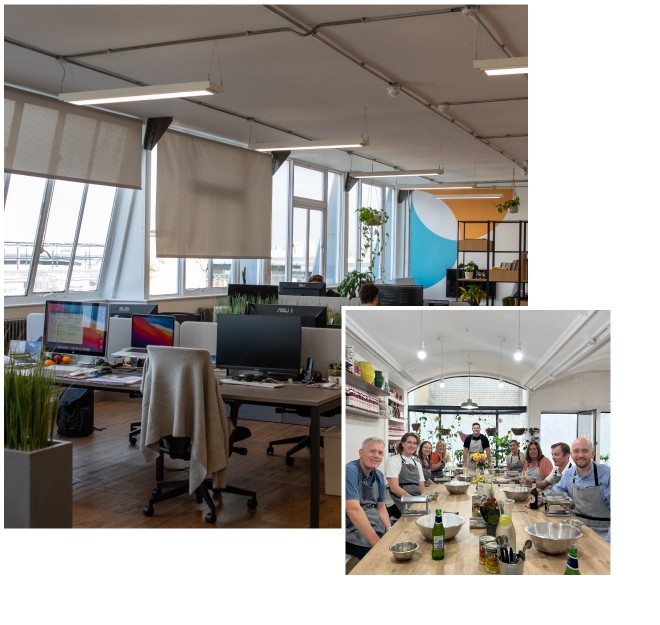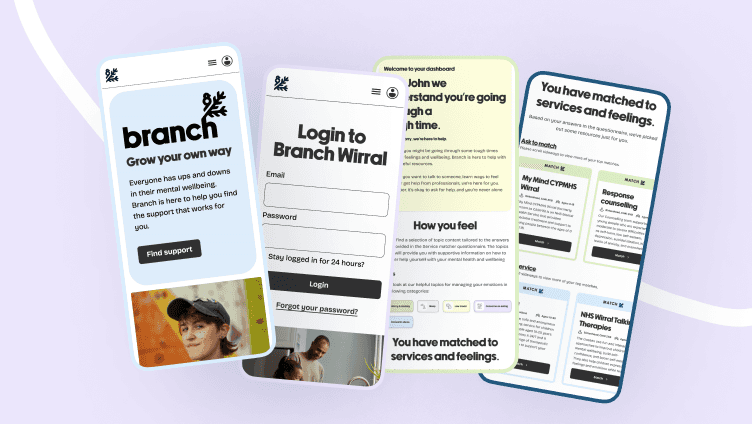Illustrations
UI/UX Design
Animation
Graphics
Web Platforms
Mobile Applications
Marketing Campaigns
Communication Matters
Communication Matters
Communication Matters
We help people and organisations communicate what matters most.
Through innovative digital products, powerful branding, and impactful campaigns, we create clear, effective solutions that drive meaningful change on social and sustainability issues.
We help people and organisations communicate what matters most.
Through innovative digital products, powerful branding, and impactful campaigns, we create clear, effective solutions that drive meaningful change on social and sustainability issues.
We help people and organisations communicate what matters most.
Through innovative digital products, powerful branding, and impactful campaigns, we create clear, effective solutions that drive meaningful change on social and sustainability issues.
Our Work
Our Work
A curated collection of projects, meticulously designed and built by our talented team to create impact on issues that matter.
What We Do
We create communications that make a positive impact to the world around us. We do this through developing digital products, building brands and creating campaigns.
Digital Products
Powerful digital products that drive positive change by empowering people with the tools they need to create lasting impact.
Brand
Compelling brand identities that instil confidence and clarity, enabling organisations and individuals to make a meaningful difference in the world.
Campaigns
Integrated campaigns that boost brand visibility and inspire action, empowering people to effectively share their messages with the world.


Passionate Creators, Driven by Design.
Established in 1988. we are a company with a rich heritage in delivering impact at scale with a sharp focus on creative and technical excellence combined with a culture of collaboration and progress.
Got an Exciting Project?
Let’s Bring Your Vision to Life!
We'd love to explore how we can help you deliver communications that matter.
What We Do
What We Do
What We Do
We create communications that make a positive impact to the world around us. We do this through developing software, building brands and creating campaigns.



Who We Are: Passionate Creators, Driven by Design.
Passionate Creators, Driven by Design.
Passionate Creators, Driven by Design.
Established in 1988. we are a company with a rich heritage in delivering impact at scale with a sharp focus on creative and technical excellence combined with a culture of collaboration and progress.
Join our newsletter and stay up to date on the latest from Kaleidoscope
By subscribing you agree to with our Privacy Policy and provide consent to receive updates from our company.
© 2024 Kaleidoscope. All rights reserved.
Suite 601, 602, 604B Cotton Exchange Bixteth Street Liverpool L3 9LQ


Join our newsletter and stay up to date on the latest from Kaleidoscope
By subscribing you agree to with our Privacy Policy and provide consent to receive updates from our company.
© 2024 Kaleidoscope. All rights reserved.
Suite 601, 602, 604B Cotton Exchange Bixteth Street Liverpool L3 9LQ


Join our newsletter and stay up to date on the latest from Kaleidoscope
By subscribing you agree to with our Privacy Policy and provide consent to receive updates from our company.
© 2024 Kaleidoscope. All rights reserved.
Suite 601, 602, 604B Cotton Exchange Bixteth Street Liverpool L3 9LQ


Got an Exciting Project?
Let’s Bring Your Vision to Life!
We'd love to explore how we can help you deliver communications that matter.
Got an Exciting Project?
Let’s Bring Your Vision to Life!
We'd love to explore how we can help you deliver communications that matter.
Got an Exciting Project
Let’s Bring Your Vision to Life!
We'd love to explore how we can help you deliver communications that matter.






